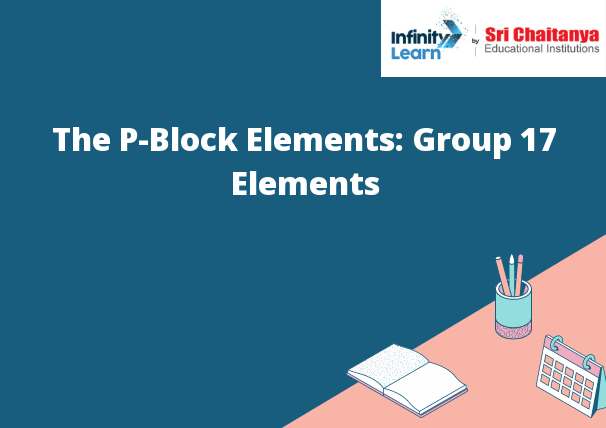Table of Contents
Properties and Examples of P Block Elements
The p block elements are the elements from group three of the periodic table: phosphorous, arsenic, antimony, and bismuth. These elements have three valence electrons and are typically quite reactive.
The most common property of p block elements is their reactivity. They are all quite reactive and can form a variety of compounds with other elements. For example, phosphorous can form compounds with oxygen, nitrogen, and sulfur, while arsenic can form compounds with oxygen, chlorine, and sulfur.
Another common property of p block elements is their tendency to form polyatomic ions. For example, phosphorous can form the phosphate ion, arsenic can form the arsenate ion, and antimony can form the antimonate ion.
Finally, p block elements typically have a low melting point and a low boiling point. This is because they are typically quite volatile and tend to form molecules that are easily vaporized. Bismuth is an exception to this, as it has a relatively high melting point and boiling point.

Group 17 Elements: The Halogen Family
The halogen family is a group of elements found on the periodic table. This group includes fluorine, chlorine, bromine, iodine, and astatine. These elements are all found in the second row of the table, and they all have seven electrons in their outermost shell. These elements are all highly reactive, and they are all capable of forming compounds with other elements.
Anomalous Properties of Fluorine
The anomalous properties of fluorine are primarily due to its electronegativity. Fluorine is the most electronegative element, meaning that it has a stronger pull on electrons than any other element. This causes fluorine to have a very strong tendency to form bonds, and it also makes its bonds very strong. Fluorine also has a high reactivity, meaning that it reacts quickly with other elements. This reactivity makes fluorine very useful in industrial applications, but it also makes it a potentially dangerous element.
Chlorine
is a poisonous gas that is used as a disinfectant. It is a pale green gas that has a suffocating smell.
Hydrogen Chloride
Hydrogen chloride is a colorless gas with a pungent, choking odor. It is highly corrosive to metals and tissue.
Hydrogen chloride is used in the production of plastics, pharmaceuticals, and other chemicals. It is also used as a refrigerant and in fire extinguishers.
Exposure to hydrogen chloride can cause irritation of the eyes, nose, and throat. It can also cause damage to the lungs, heart, and other organs.
Oxoacids of Halogens
The oxoacids of halogens are the acids that contain the halogen atom bonded to the oxygen atom. The halogen atom can be fluorine, chlorine, bromine, or iodine.
The most common oxoacid of halogens is hydrofluoric acid. Hydrofluoric acid is a colorless, corrosive, and fuming liquid that is used in the manufacture of semiconductors and other advanced materials.
Interhalogen Compounds
Halogen compounds are molecules that contain atoms of the elements fluorine, chlorine, bromine, and iodine. The elements all have one or more electrons in their outermost energy levels that they can share with other atoms. This makes them very reactive, and they can form molecules with other elements very easily.
The simplest halogen compound is hydrogen fluoride, which is made up of one atom of hydrogen and one atom of fluorine. When these atoms bond together, they share their electrons so that each atom has eight of them. This makes the molecule very stable and unlikely to react with other molecules.
Other halogen compounds are much less stable. For example, when chlorine gas is mixed with hydrogen gas, the two atoms react to form hydrogen chloride gas. In this molecule, the chlorine atom has lost one electron, so it is now positively charged. The hydrogen atom has gained one electron, so it is now negatively charged. This makes the molecule very unstable, and it will quickly react with other molecules to form new compounds.
s about halogens
Halogens are atoms that have seven electrons in their outermost shell. They are very reactive because they want to fill their outer shell with eight electrons. This makes them good at displacing other elements in compounds, which is why they are found in many disinfectants and cleaners.





